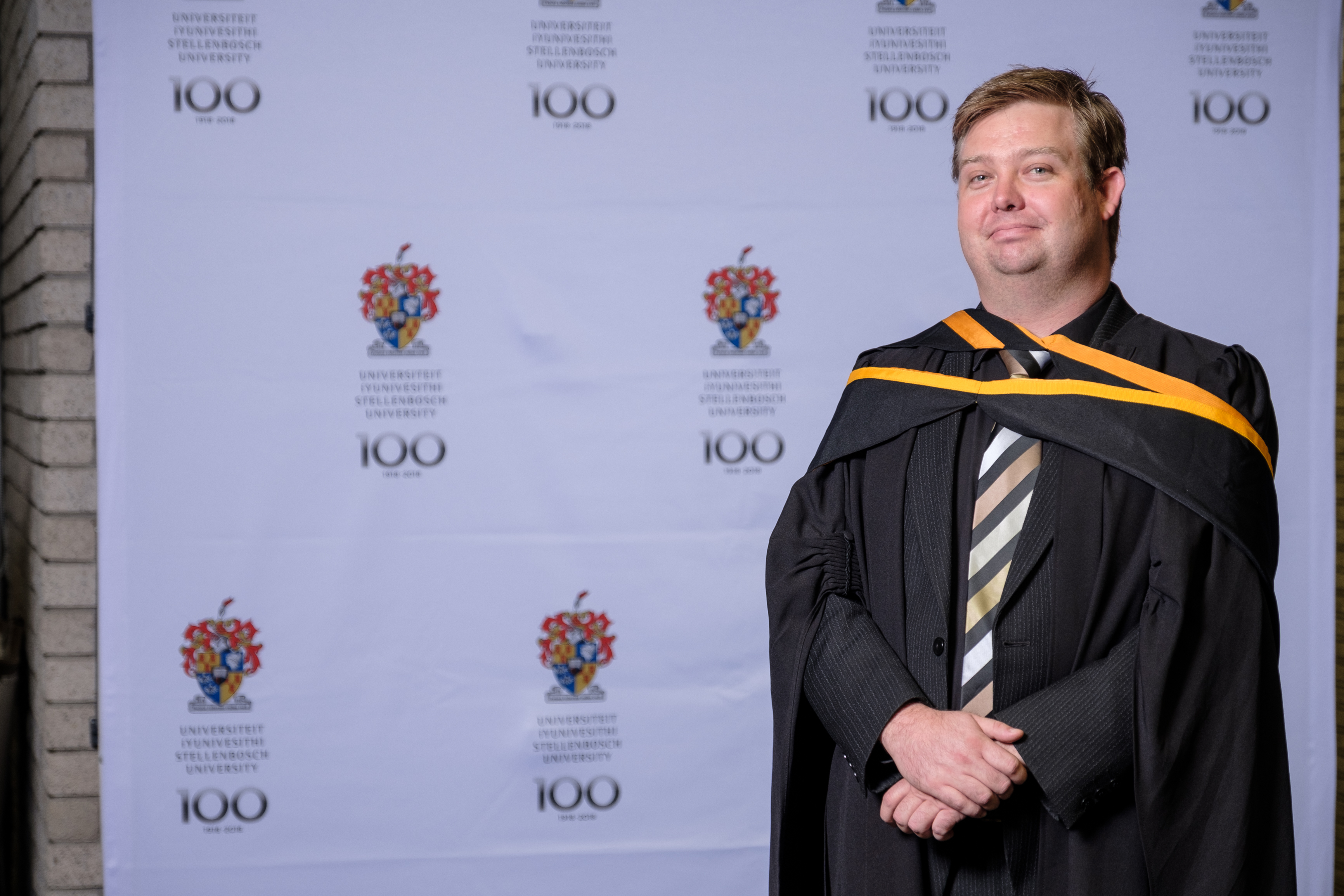Hitting the right note can become difficult for choirboys during puberty when their voices break and conductors don't know whether to let them sing or to take a break. Simple vocal exercises can, however, help them to overcome this problem.
“Research has shown that by doing simple vocal exercises under supervision, adolescent boys can continue singing during puberty and this will benefit them as adult singers," says Xander Kritzinger a music teacher and choirmaster at Stellenbosch High School. He recently obtained his Master's degree in Music Performance at Stellenbosch University.
Kritzinger did an in-depth literature review of existing research by American and European voice specialists and vocal and choral pedagogues regarding pubescent singers and whether these boys should be allowed to sing as opposed to resting their voices.
“Since the changing boy voice is one of the most problematic aspects of young choristers, the aim of my study was to provide South African conductors and vocal pedagogues with a basic understanding of how to manage the vocal change of pubescent boys through the use of vocal exercises."
Kritzinger says despite South Africa's rich, strong and vibrant choral culture, little focus has been placed on vocal health and the development of young singers.
“The question of how to deal with adolescent boys experiencing vocal change during puberty in a choral context has enjoyed even less attention."
For Kritzinger, the study was also personal. “I grew up singing in choirs and went to the Drakensberg Boys Choir school. During that time, my voice changed and I struggled with the technical side of singing.
“Working with young singers, especially boys with a changing voice, is important to me. As much as I fell in love with the research process, the kids that I work with will gain much more from my research."
Kritzinger says his literature review showed that the modern approach is to let teenage boys continue singing during puberty when they experience a significant increase in the length and thickness of the larynx which sits above the windpipe in the neck and in front of the food pipe. The larynx manipulates pitch and volume.
“The findings showed that most researchers encourage singing during puberty and also recommend certain vocal exercises that boys can do in choral rehearsal spaces.
“These are general exercises that enhance vocal health. These examples start with exercises for the general improvement of breath control as a basis of proper vocalisation, followed by exercises for the improvement of healthy vowel placement and for the successful blending of the old higher boy voice with the new lower voice.
“Some of these exercises include hissing breath while sitting in a chair and lying on the back; panting; place a fingertip at the base of the larynx and speaking the vowels a, e, i, o, u while slowly breathing in through the nose before each vowel; unhinging the jaw slightly and speaking the words 'every orange'; inhaling slowly through the nostrils while lightly biting on the tongue; and using the fingertips to stabilise the jaw position slightly downward and back."
Kritzinger also highlights the importance of a good posture for all aspects of singing, adding that it allows for good breath control, which in turn forms the foundation for sound production.
“Thus, when working with adolescent boys, it is important to create a culture where maintaining a good posture is essential.
“Doing these exercises for no more than 30 minutes a day would have the best results in my opinion.
Breathing and vowel placement exercises should preferably be done before puberty." He says the blending of the old higher boy voice with the new lower voice happens during puberty and the settling phase afterwards.
Kritzinger says although not all of these exercises have been tested on adolescent boys going through the various stages of voice mutation, they could, however, significantly contribute to the education of healthy singing.
“These are practical solutions for choral conductors to deal with the pubescent boy and his changing voice that could result in a generation of pubescent boys equipped with tools to cope with vocal change."
He says through understanding the changing boy's voice more boys can experience proper vocal guidance through choral pedagogy. This, in turn, can place South Africa on a world stage of vocal pedagogy development.
“It is hoped that this might serve as encouragement for music educators dealing with the changing boy's voice."
Kritzinger says he would like to continue in this line of research and evaluate the true impact of the suggested vocal exercises on boys over a period of three years.
- Main photo: Drakensberg Boys Choir. Credit: Wikimedia Commons.
- Photo 1: Xander Kritizinger at his graduation. Photographer: Stefan Els
FOR MEDIA ENQUIRIES ONLY
Xander Kritzinger
Stellenbosch High School
Tel: 021 887 3082
Cell: 0748893848
Email: xander.kritzinger@stellies.com
ISSUED BY
Martin Viljoen
Manager: Media
Corporate Communication
Stellenbosch University
Tel: 021 808 4921
Email: viljoenm@sun.ac.za

